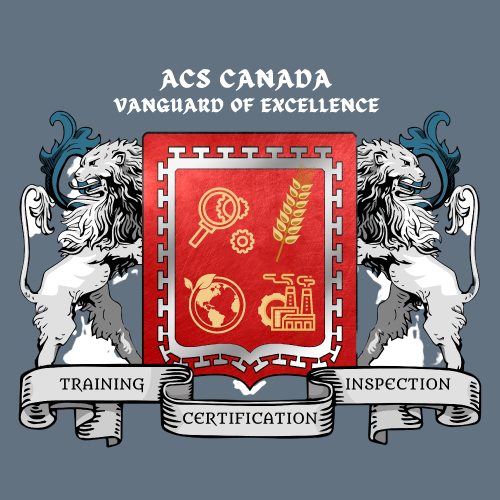For companies seeking certifications in food safety or quality, it is essential to strictly adhere to these regulations and this website. These guidelines assist companies and institutions in the food supply chain to avoid any mistakes and to comply with national laws.
The Canadian Food Inspection Agency published general "allergen-free" or "no allergens" claims on their website on September 15, 2023.https://inspection.canada.ca/food-labels.
"General claims stating only "allergen-free" or "no allergens" are considered to be too broad in nature and are therefore not acceptable. The list of potential food allergen sources is not restricted to the list of priority food allergens identified by Health Canada. There are over 200 food proteins that can cause adverse reactions to some segments of the population. Therefore, it is likely to create an erroneous impression to state that a product is free of allergens.
Common food allergens-Priority allergens
Severe allergic reactions (e.g. anaphylactic reaction) occur when the body's immune system strongly reacts to a particular allergenic protein or irritant. These reactions may be caused by food, insect stings and medications. Health Canada, the Canadian Food Inspection Agency (CFIA), allergy associations, and the medical community have identified the key substances most frequently associated with food allergies and allergic-type reactions. These substances are often referred to as priority food allergens.
Health Canada and CFIA have developed a series of pamphlets with information for consumers about each of the priority allergens:
Eggs, Milk, Mustard, Peanuts, Crustaceans and molluscs, Fish, Sesame seeds, Soy, Sulphites, Tree Nuts, Wheat and triticale.
It is essential to emphasize that companies applying for certifications in food safety or quality are obligated to strictly implement all requirements by referring to these regulations and this website. These regulations assist companies and institutions in the food supply chain to avoid any mistakes and stay compliant with national laws.

